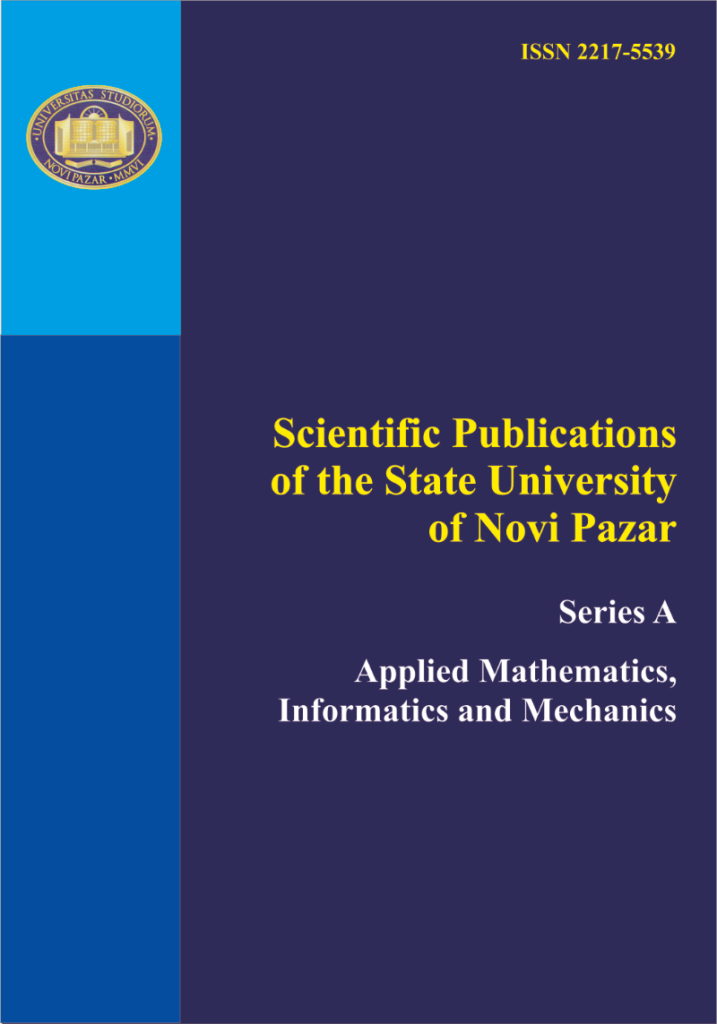
Programmable jitter generator based on voltage controlleddelay line
Authors: G. Jovanović, M. Stojčev, T. Nikolić, Z. Stamenković
Keywords: jitter; jitter generator; jitter classification
Abstract:
As CMOS technology has scaled, supply voltage have dropped, chip power consumption has increased, and clock frequency/data rates increase effects of jitter become critical and jitter budget get tighter. Knowing how to inject/isolate jitter components with the time convolution/correlation method will enhance designer ability to determine and locate the root causes so that one can then proceed to ‘beat down’ individual error components one at a time in order to improve system performance. Jitter can be decomposed into several components, each having specific sets of characteristics and root causes. This paper begins with a short review of jitter fundamentals including a discussion of the various random and deterministic jitter components, and injection method of jitter subcomponents into computer clock signal and/or communication data stream. The jitter injection technique gives test engineers an insight into how jitter components interact. In the rest of the paper, the global hardware structure of a jitter generator, which uses digital techniques, based on a voltage controlled delay line is described. A Xilinx xc3s500e-5fg320 FPGA chip is used to validate this design. The programmable jitter generator can be used in the jitter tolerance test for computer systems and jitter transfer function measurements in communication systems
References:
[1]*** (2007) Understanding and characterizing timing Jitter: Tektronix application note 55W-161146-0. Sept
[2]*** Jitter analysis techniques for high data rates: Agilent Application Note 1432. http://cp.literature.agilent.com/litweb/ pdf/5988-8425EN.pdf
[3] Farahmand, N., OuT., Tabatabaei, A., Kuo, S., Ivanov, A. (2004) Jitter Models for the Design and Test of Gbps-Speed Serial Interconnects. IEEE Design & Test of Computers, 21, 4, 302-313
[4] Fleischer-Reumann, M. (2008) Jitter tolerance testing. u: Derickson Dennis, Muller Marcus [ur.] Digital communications test and measurement, Upper Saddle River: Prentice Hall, Chapter 10, pp.533-561
[5] Greg, D., Cheminant, L.E. (2008) Characterizing high speed digital communications signals and systems with the equivalent: Time sampling oscilloscopes. u: Derickson Dennis, Muller Marcus [ur.] Digital communications test and measurement, Upper Saddle River: Prentice Hall, chapter 7, pp. 329-419
[6] Johnson, H.W., Graham, M. (1993) High-speed digital design: A handbook of black magic. New Jersey: PTR Prentice Hall
[7] Li, M.P. (2008) Jitter, noise, and signal integrity at high-speed. Boston: Prentice Hall
[8] Metra, C., Omana, M., Mak, T.M., Rabman, A., Tam, S. (2008) Novel on-chip clock Jitter measurement scheme for high performance microprocessors. u: IEEE International symposium on defect on fault tolerance of VLSI systems, pp. 465-473
[9] Muller, M., Stephens, R. (2008) Jitter basics. u: Derickson Dennis, Marcus Muller [ur.] Digital communications test and measurement, Upper Saddle River: Prentice Hall, Chapter 2, pp. 29-60
[10] Solorzano, J. Jitter basic. Wavecrest Corp, part I, Application note 2004http://www.micrel.com/hbw news/Jitter Article Part%201.pdf
[11] Sunter, S., Roy, A. (2004) On-chip digital jitter measurement, from megahertz to gigahertz. IEEE Design and Test of Computers, 21(4): 314-321
[12] Xia, T., Song, P., Jenkins, K.A., Lo, J.C. (2004) Delay chain based programmable Jitter generator. u: Proc. of the 9-th IEEE European test symposiums (ETS), May